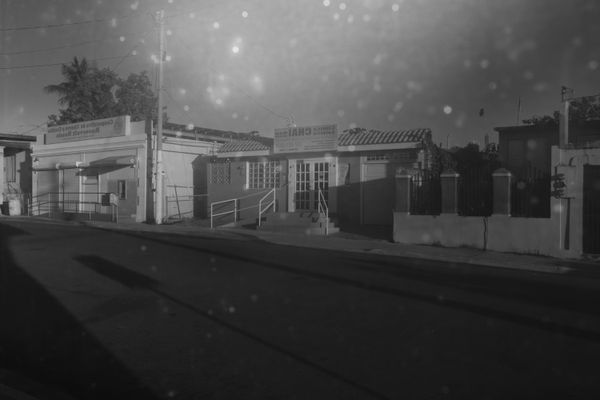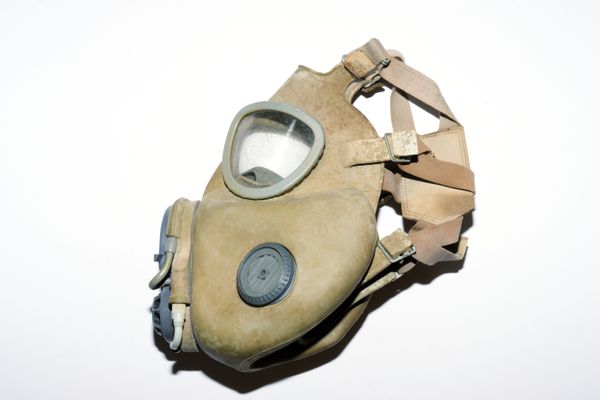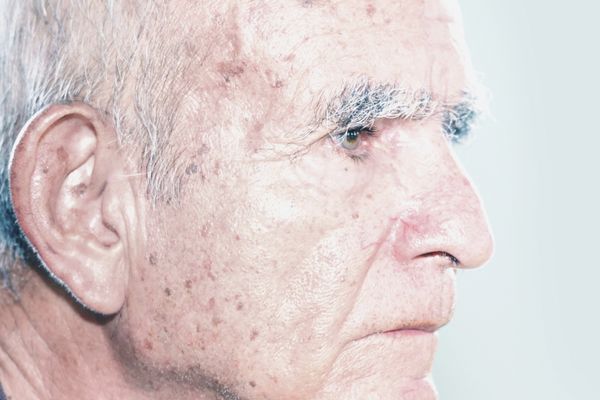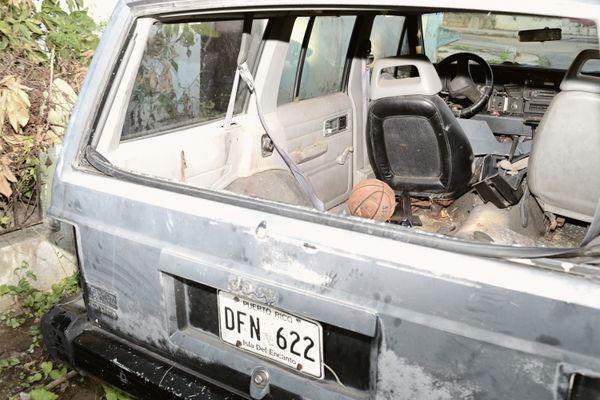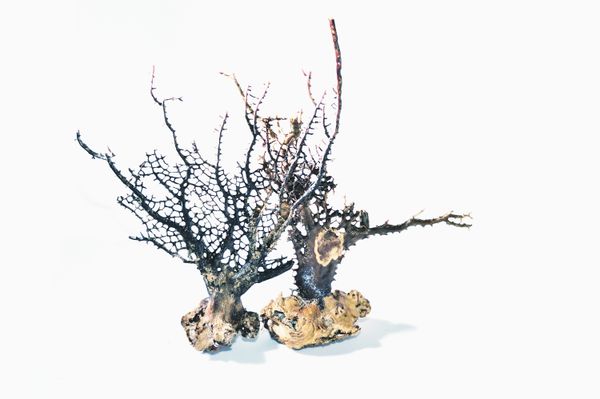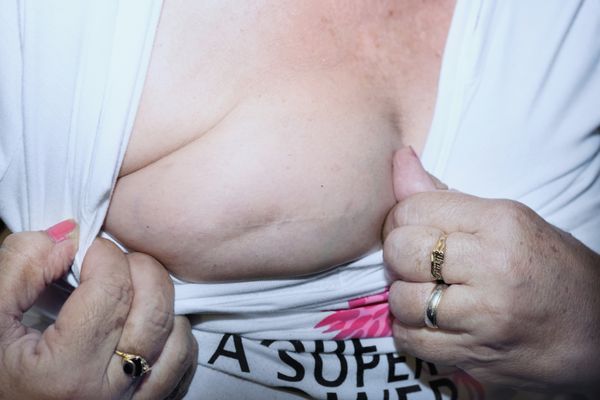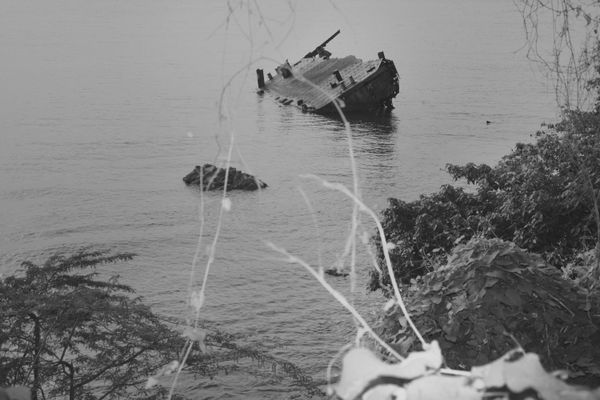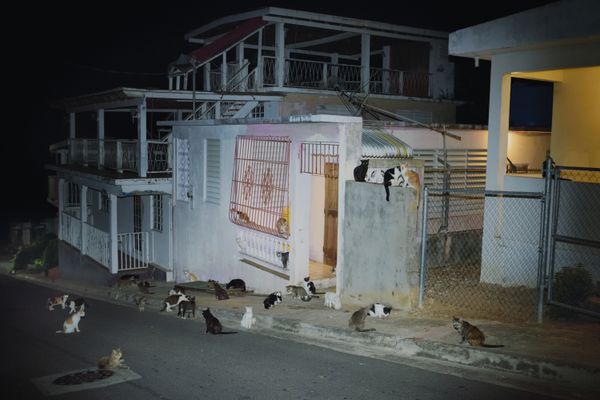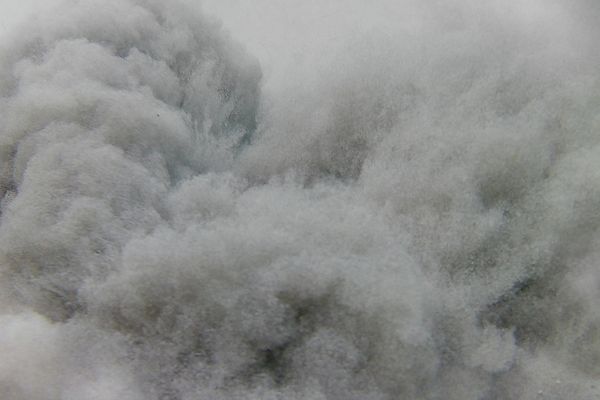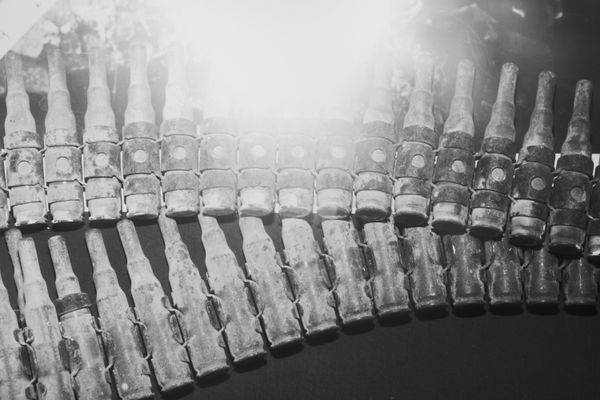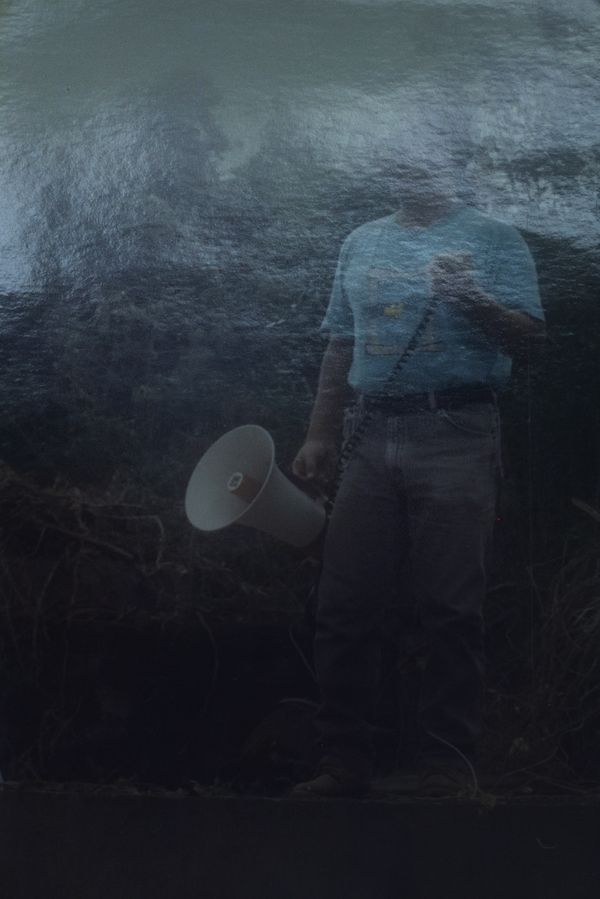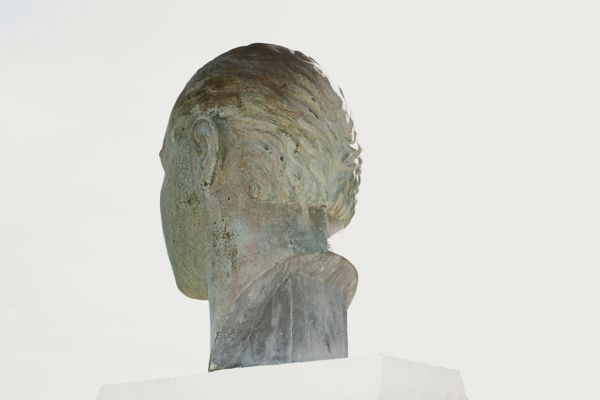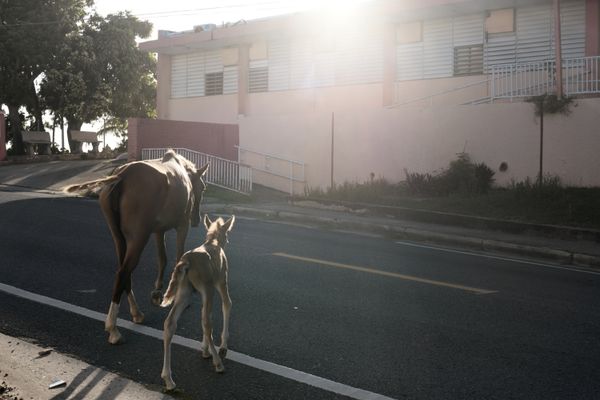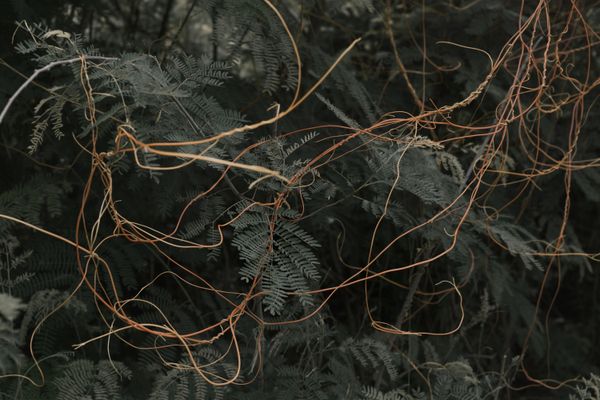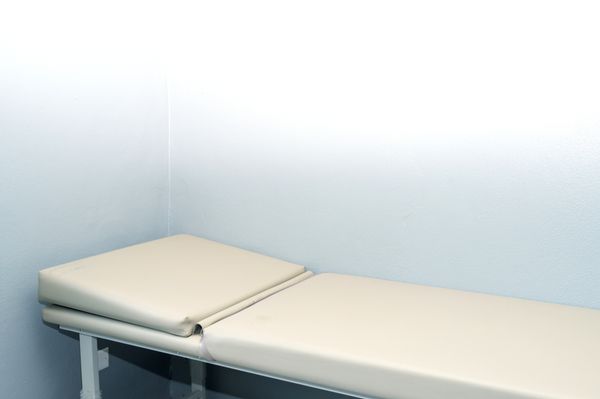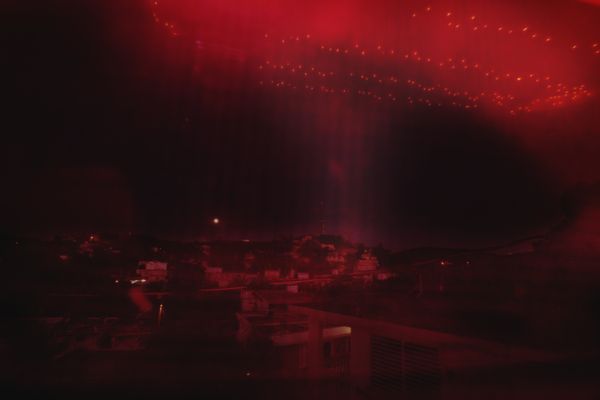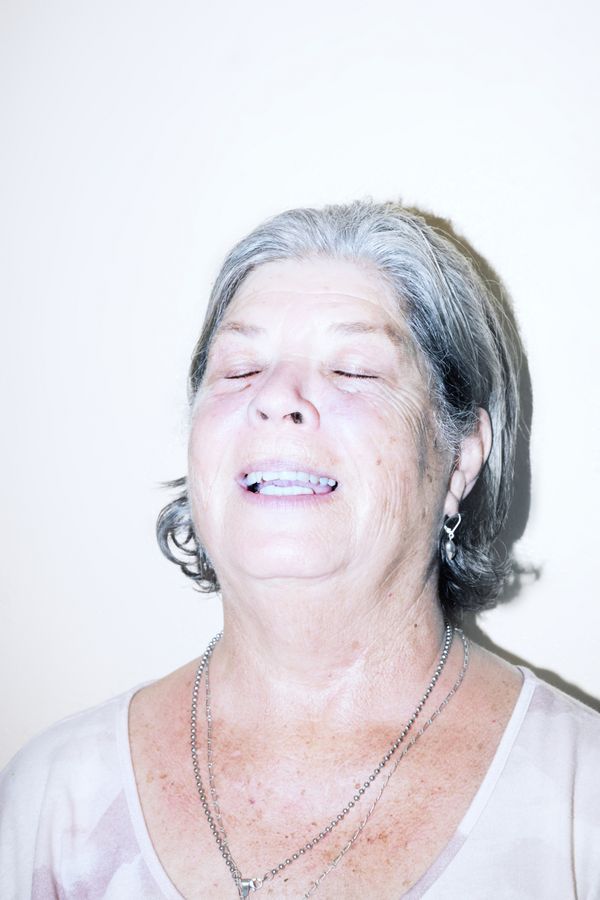La Isla Nena
-
Dates2019 - Ongoing
-
Author
- Location Vieques Municipality, Puerto Rico
Since the 1940s, the island municipality of Vieques and its surrounding waters served as a U.S. Navy and training ground, the western part of the island being used as a military munitions depot, while the eastern part served as a target range for combined sea–air–ground maneuvers. Indeed, for six decades the civilian population, after being expropriated of its lands and homes, has been constrained in the center of the island, surrounded by the ecological devastation produced by Navy bombardments.
With this, for over 60 years the island of Vieques has been exposed to the heavy contamination produced by the military activities (which have made use, among others, of depleted uranium- and agent orange-based ordnances), which has produced an evident increase in cancer rates over the last 30 years, as well as excessive levels of toxic elements and heavy metals in the inhabitants’ blood, such as arsenic, cadmium, lead or mercury, which in turn resulted in the development of severely affecting or deadly illnesses.
A civil movement against the presence and activities of the US Navy started to root among residents native to the island, and reached a crescendo which culminated in a non-violent civil disobedience movement after the accidental death of a civil employee on the U.S. base on April 1999. After years of protests, the military was ultimately forced off the island, whose final retreat came after four years of pacific mass mobilization and thousands of arrests for civil disobedience.
Unfortunately the closure of the military base was not enough to solve the persistent environmental and health issues: the island is still very polluted and has been designated a Superfund Toxic Site. Moreover, the problems of reclamation entrusted to the US Navy- which still maintains control of the territory- remains mainly unresolved, as the methodology of the environmental cleanup, using detonation and open burning of bombs on the ground which further increase the pollution levels, is very questionable, and still poses a further threat for the island of Vieques and its inhabitants.

